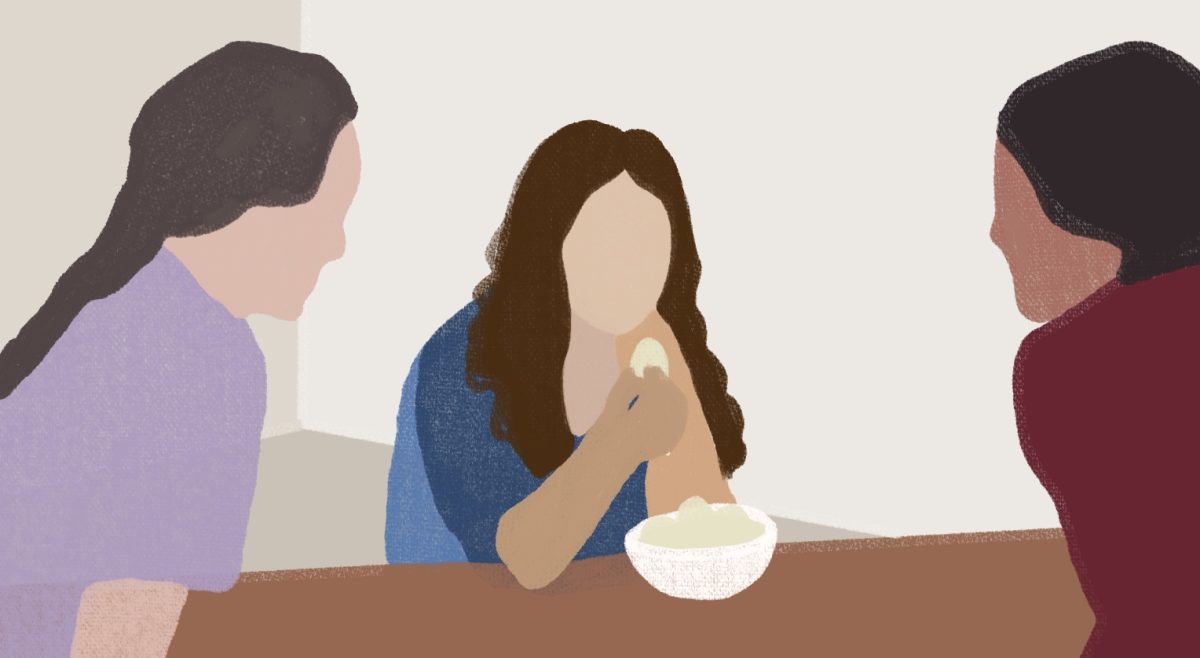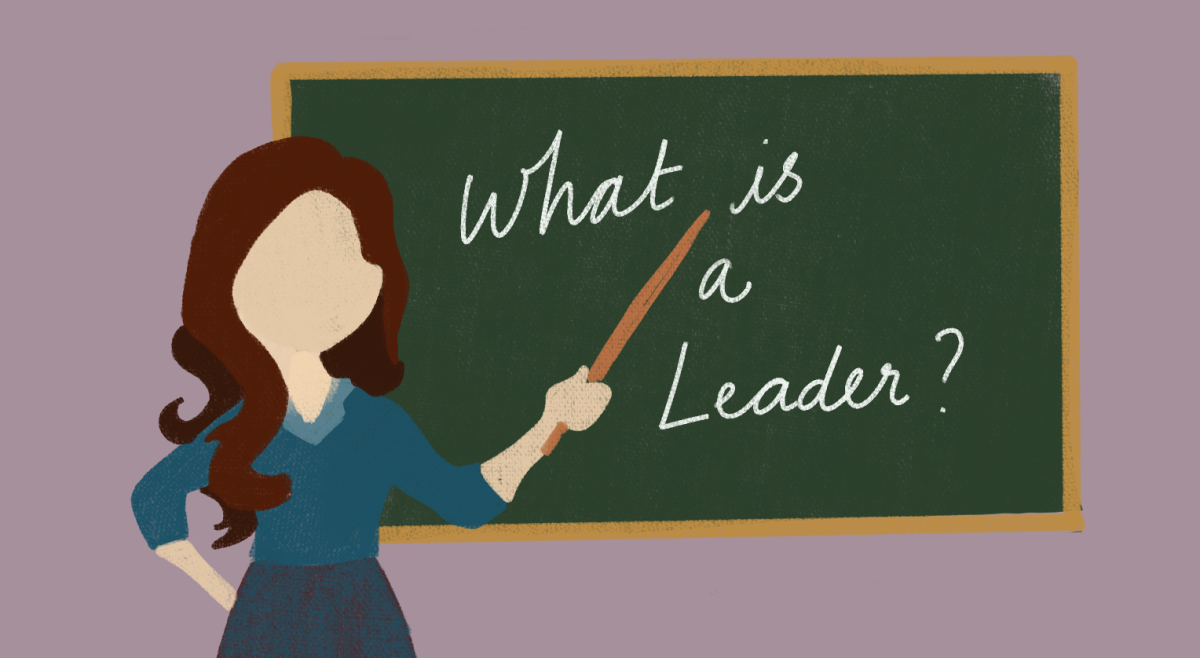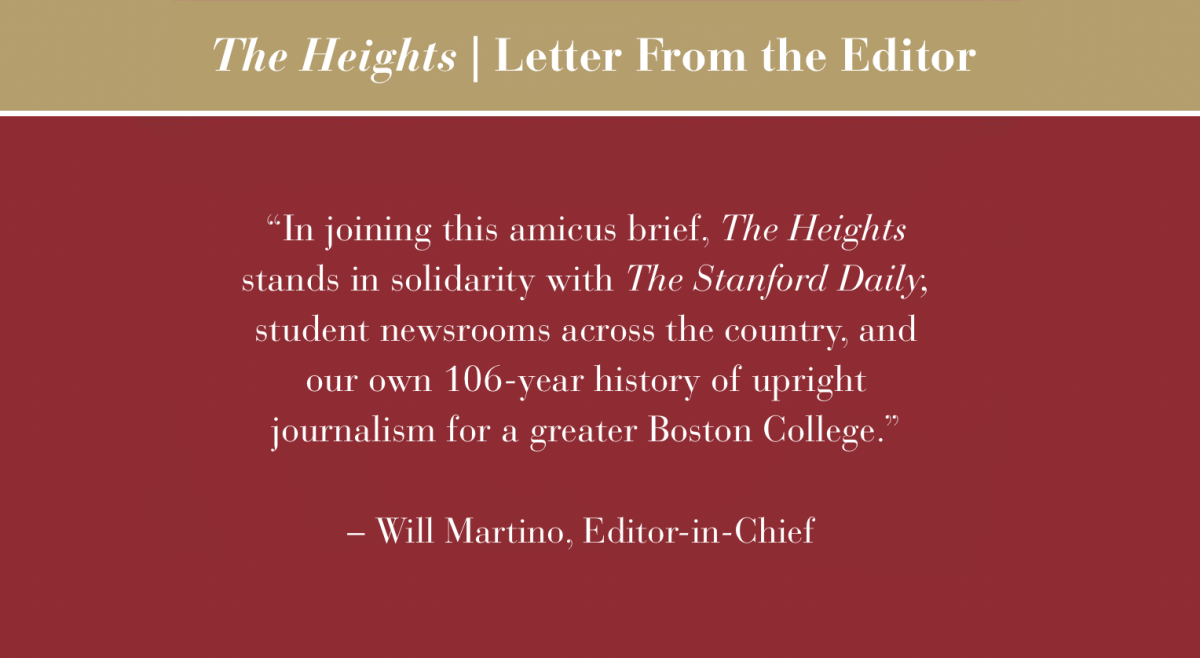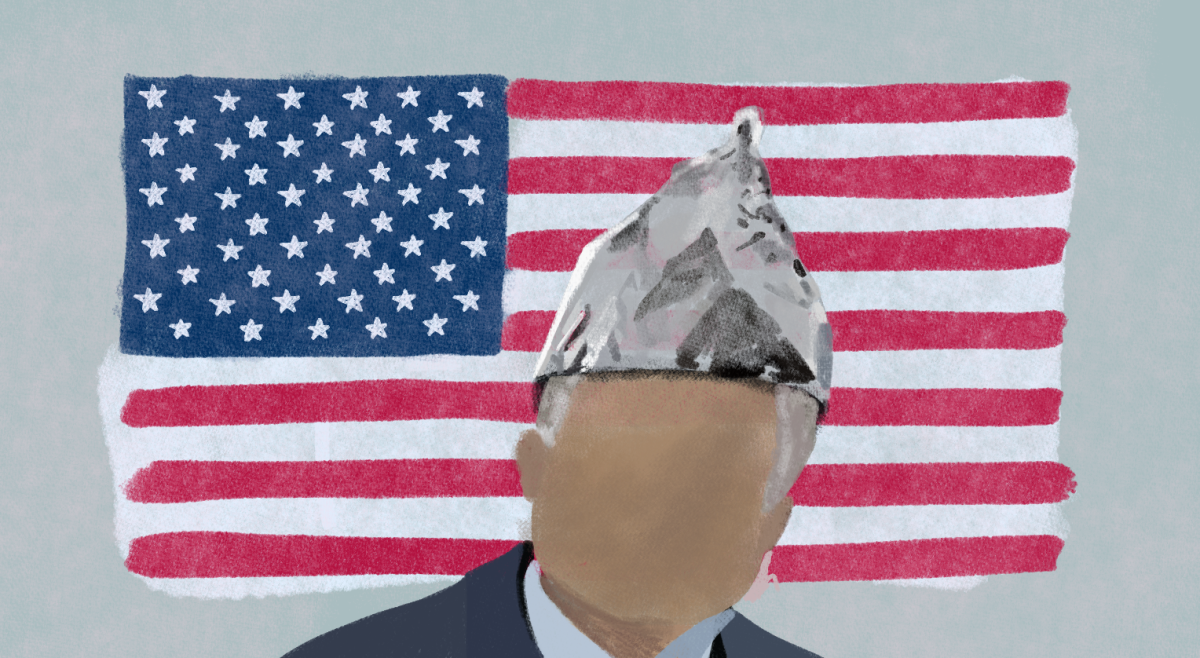Audrey Hepburn once said, “Everything I learned, I learned from the movies.” In this age of seemingly endless individualized technology, it may seem that the magic of movie theaters has been lost. Most people would rather spend their time binge-watching the latest television dramas than go out to watch a movie. With around 60 percent of young adults relying mainly on digital streaming to watch television, even the traditional experience of watching television shows live is on its way out. But I would like to encourage everyone, young people in particular, to venture out and do one incredible thing: Go to the movies.
Even if someone rarely visits an actual movie theater, many of us do in fact watch movies regularly. The yearly fanfare of the Academy Awards and other ceremonies dedicated solely to outstanding achievements in film prove that the global fascination with cinema has not been lost. But I’m sure almost everyone who watched at least some of the movies nominated this year did so after they had already been taken out of theaters, the posters removed, the doors closed, the titles off the marquee. We often watch these films long after the buzz has had enough time to develop. Our movie-watching lives center around sites like Netflix, Hulu, and Amazon Prime.
Recently, I went to see Love, Simon, a coming-of-age drama centered around a 17-year-old boy struggling to gather the courage to come out to his friends and family. I read the novel that the movie was based on and absolutely loved it, so I was undoubtedly eager to see it come to life on screen. I ventured all the way out of the beloved BC bubble to a movie theater near Fenway Park. With its massive size and lively location, it really does have that classic sense of cinematic “magic:” As soon as you enter, you are bombarded with life-size posters featuring characters from the latest blockbusters. But the real magic is found within the individual theaters themselves.
This magic is what made me love going to see the movie adaptations of my favorite novels. There is something thrilling about the constant back and forth between “this is the best thing I have ever seen” and “I want to walk out right now” every other scene, based on the details they changed or kept the same. Love, Simon was no different. It brought me back to the years I saw every Hunger Games movie adaptation at the first midnight showing. Even that tradition is slowly fading away, with 7 p.m. showings of highly anticipated films the Thursday before their public release being the most current trend.
We went to see the film at 4 p.m. on the Friday that it opened, so I was not expecting the same craziness in those midnight screenings. But in many ways, I was wrong. With every moment of excitement, the crowd roared. With every joke, laughter filled the air. When the movie revealed the answer to its biggest mystery, many even screamed and cheered. This raw and contagious emotion is the true magic of the movie-going experience. The movie came off the screen as the characters found their way into the hearts of each viewer. This random assortment of people in the midst of darkness had become a united front. All distractions were put aside, and we dedicated our focus to experiencing this film together.
We are living in an amazing time for the arts: Movies, literature, and television are more diverse than ever, telling captivating stories that have the power to teach us how to better imagine each other. Streaming services, in particular, have taken specific measures to promote diversity and inclusion in their story-telling. In fact, according to Netflix’s vice president of original content Cindy Holland, the popular streaming service works to develop diverse teams behind each of its productions and strives to create “programming for diverse and eclectic tastes and for an increasingly global audience.” These decisions allow for more voices to share their stories and to create more compelling art than ever before. Furthermore, this year’s Oscars ceremony demonstrated how this push for diversity has bled into the world of cinema. Movies such as Get Out, Ladybird, and Call Me by Your Name all take on subjects that deviate from the usual nominees and showcase the talent of actors, directors, and writers from a variety of backgrounds and identities. The combination of unique voices often results in works that are more universal than we may have ever imagined.
In today’s society, the primary purpose of technology is convenience. The ability to have so many movies and television programs at the tips of your fingers in the comfort of your own home allows convenience in the most obvious sense. Television originates in the home, and these streaming services can enhance the traditional notion of the family gathered around the television together. Movies, on the other hand, originate in theaters. They are meant to be watched in a shared setting: an experience aided by the energy of those around you, enhanced by the vastness of the large, dark theater. We are called to face the daunting task of actually turning off our cell phones for a while and truly disconnect, thus opening ourselves up to the influence of the film. So the next time you’re searching for a way to spend your weekend, I strongly encourage you to journey out of the BC bubble and into the boundless realm of imagination at the movies.
Featured Graphic by Anna Tierney / Graphics Editor













